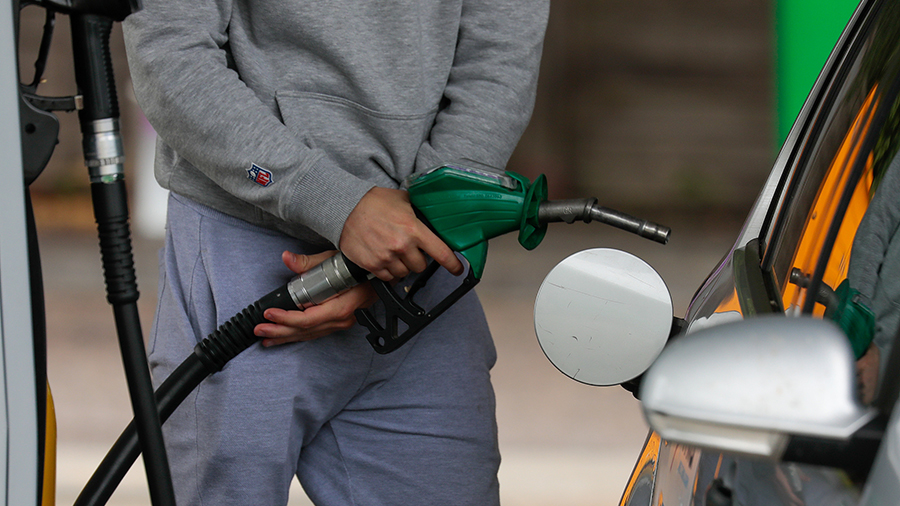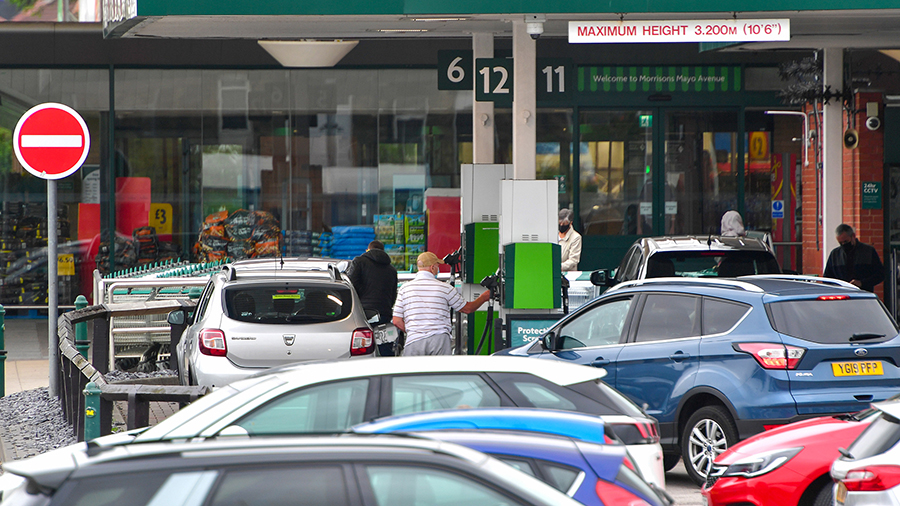
E10 will become the UK's standard petrol starting from September 2021. /Jason Alden/Bloomberg via Getty Images via CFP
E10 will become the UK's standard petrol starting from September 2021. /Jason Alden/Bloomberg via Getty Images via CFP
The Department for Transport in the UK has announced that during the summer E10 fuel will replace the current E5 as the standard petrol grade.
E10 is already widely used in the U.S. and in Australia and since 2009 it has been rolled out in 14 different EU countries, including Belgium, Bulgaria, Denmark, Estonia, Finland, France, Germany, Hungary, Latvia, Lithuania, Luxembourg, the Netherlands, Romania and Slovakia.
In all these countries, the introduction of E10 fuel has helped reduce greenhouse gas emissions and brought these nations a step closer to reaching their climate change targets.
But what is E10 petrol and what benefits does it bring?
What is E10 fuel?
In short, E is for ethanol and 10 stands for 10 percent: E10 is in fact a biofuel used for transportation that contains 90 percent regular unleaded and up to 10 percent renewable ethanol.
Ethanol, which is produced by fermenting a range of plants and other agriculture by-products, is introduced to the blend to help reduce the amount of fossil fuels needed and therefore reducing carbon dioxide emissions.
The improvement in sustainability from current standard petrol is significant: The UK government estimates the switch will "cut transport CO2 emissions by 750,000 tonnes a year – the equivalent of taking 350,000 cars off the road."
E10 is also the form of petrol that has been used as reference for testing new car emissions and performance since 2016. However, the different petrol mixture won't impact air quality levels.

E10 petrol is estimated to be cheaper than E5 fuel, but it could increase fuel consumption by between 1% and 2%. /Anthony Devlin/Bloomberg via Getty Images via CFP
E10 petrol is estimated to be cheaper than E5 fuel, but it could increase fuel consumption by between 1% and 2%. /Anthony Devlin/Bloomberg via Getty Images via CFP
Will it cost more?
E10 is expected to be only slightly cheaper than E5 petrol, with the UK Department for Transport estimating a reduction in costs of 0.28 cents per liter.
The authorities also expect the new fuel to slightly reduce a car's fuel economy – E10 will cover a fewer amount of kilometers on the same amount of petrol as E5. On average, fuel consumption might increase by between 1 percent and 2 percent using E10.
Is it compatible with all cars?
E10 petrol is compatible with 95 percent of petrol-powered vehicles on the road today, including all new cars manufactured since 2011.
The only vehicles left out of the E10 revolution will be vintage cars and most cars built before the 1990s, including some specific models produced just after the turn of the century.
It is estimated that as many as 600,000 vehicles on UK roads are not compatible with E10 petrol. These cars will be able to remain on the road and fill up at the stations which will continue serving E5 petrol.
Unlike putting petrol into a diesel engine, owners won't need to drain the tank and, on a one-time basis, will not suffer engine damage as a result. Prolonged use of E10 petrol in a non-compatible vehicle, however, may cause harm.
Cover image: Jason Alden/Bloomberg via Getty Images via CFP

